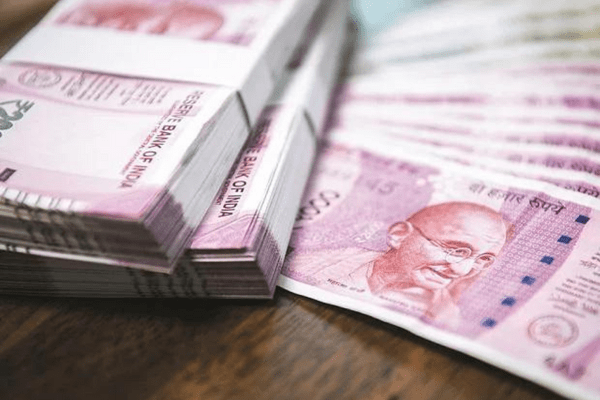As funding in the banking system continues to decline, Indian banks have expanded their fundraising activity through the issuance of certificates of deposits, according to analysts.
“Banks are not raising deposit rates, as they are able to get funds easily from money market by issuing CDs, and that too cheaply, and they may continue to opt for this route of fundraising for next few weeks,” said Raju Sharma, head of fixed income at IDBI Mutual Fund.
Indian private and state-run banks have raised around 300 billion rupees ($3.76 billion) through two-month to one-year CDs in the two weeks to Aug. 19, sharply higher than the roughly 50 billion rupees in the previous two weeks, data compiled by Reuters showed.
Larger lenders have also jumped on board and are aggressively borrowing money through three-month and one-year notes, including Punjab National Bank and Bank of Baroda. These lenders are willing to lock up money for a year at a rate of 6.60% to 6.74% in anticipation of impending policy tightening.
The Reserve Bank of India’s repo rate stands at 5.40%.
Having averaged around 1.40 trillion rupees in August, India’s banking system’s liquidity surplus has now fallen below one trillion rupees, down from 1.90 trillion rupees in July and 2.92 trillion rupees in June.
“With liquidity getting drained out of the banking system, we expect banks to continue to raise funds through CDs as well as bonds,” said Venkatakrishnan Srinivasan, founder and managing partner at debt advisory firm Rockfort Fincap.
Market participants also said that banks would require a consistent supply of capital as credit expansion picks up when the economy recovers. Mutual funds have been delighted to park funds in CDs simultaneously, making it advantageous for investors and issuers.
“Debt funds that are mandated to invest in shorter duration are always on the lookout for investment opportunities, and that is the major reason, banks are able to get large quantums without any major difference on rates,” IDBI Mutual Fund’s Sharma said.
“We expect the liquidity tightness to lead to an effective policy rate hike of 60-75 bps,” Upasna Bhardwaj, chief economist at Kotak Mahindra Bank, said.



